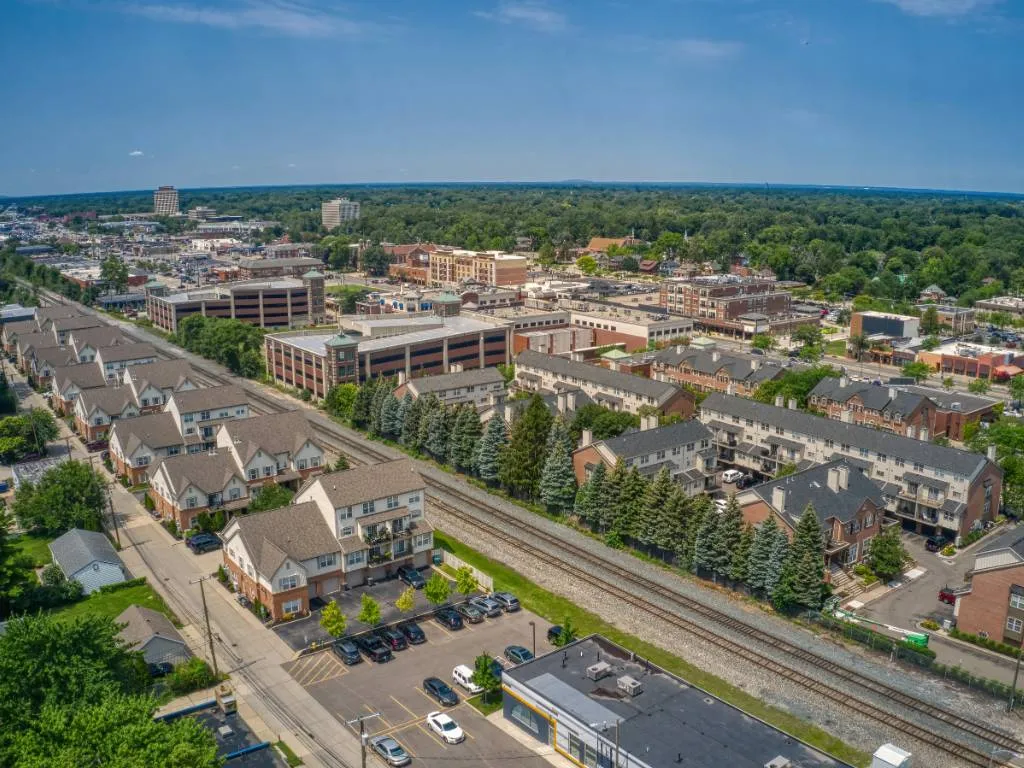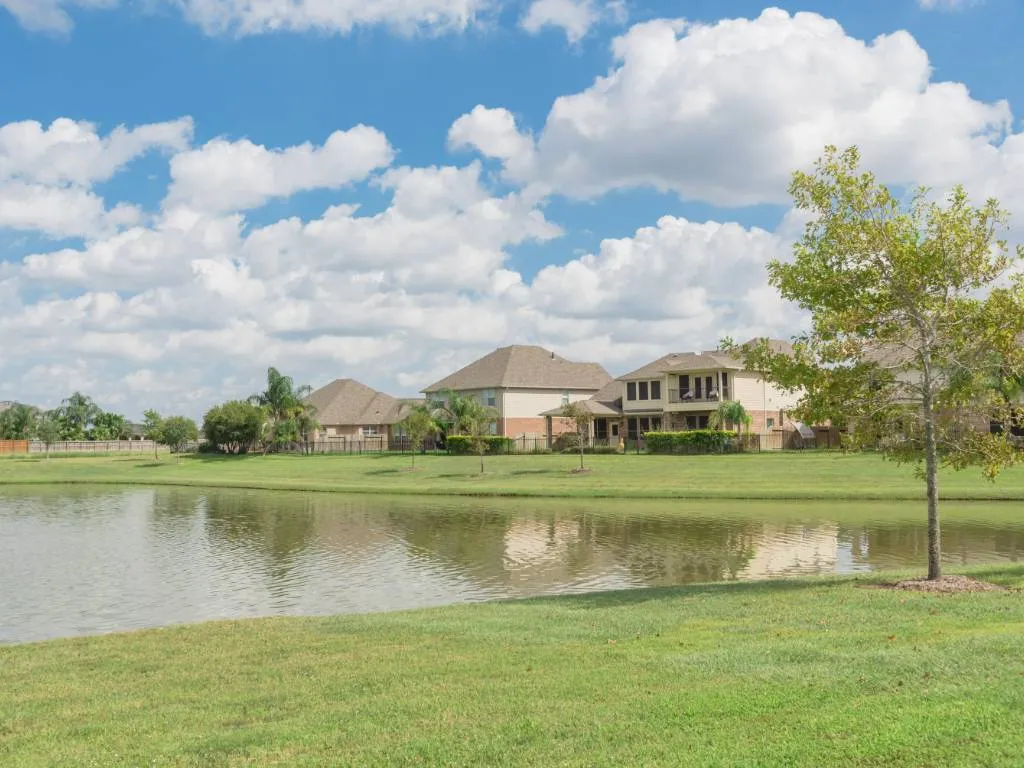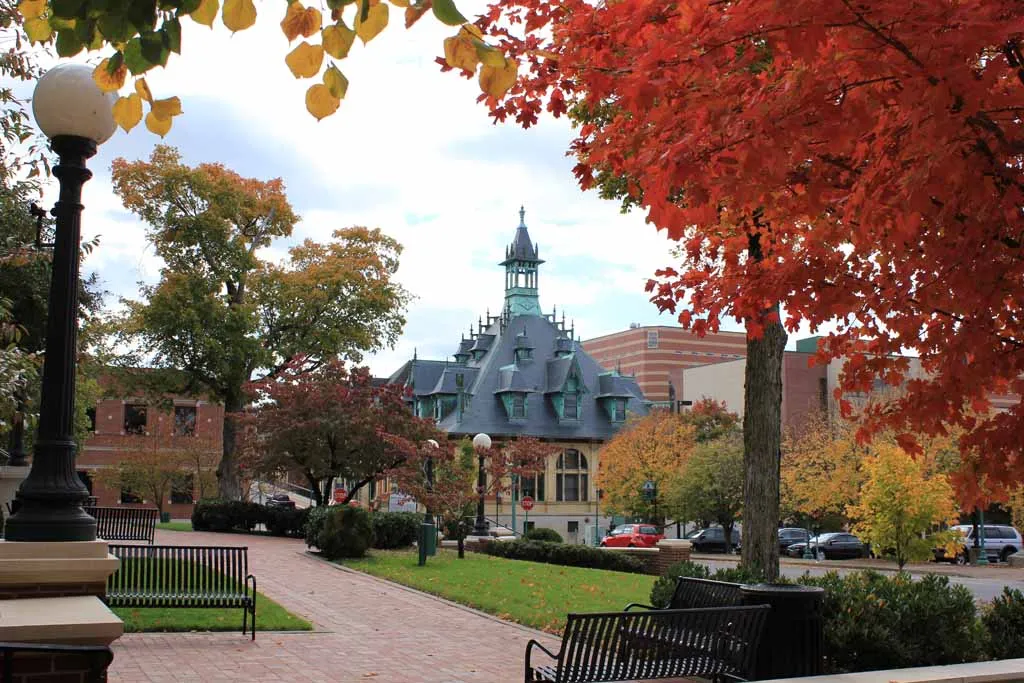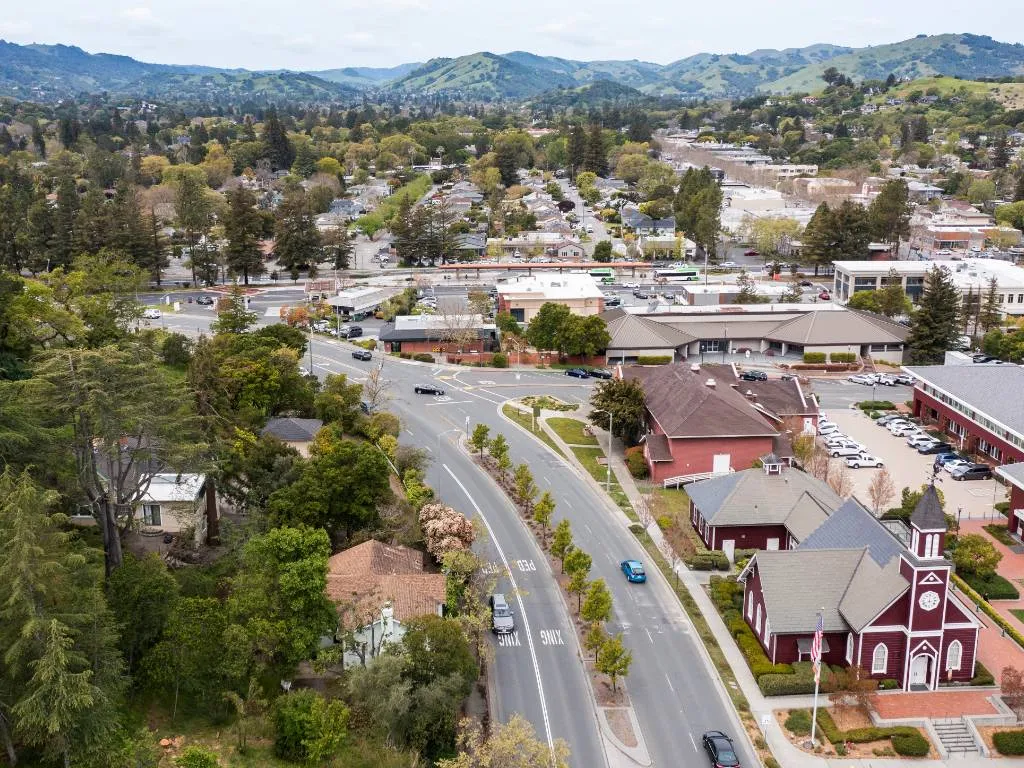10 Things to Know Before Moving to Dearborn, MI

If you’re considering making a move to Dearborn, Michigan, then you’re in for a unique experience. Located in Wayne County, Dearborn has a population of 109,459 residents and is the 7th largest city in Michigan. This city is known for its rich history, diverse culture, and strong sense of community.
Let’s talk about 10 things you need to know before moving to Dearborn, MI!
1. Dearborn has a rich history
Dearborn boasts a rich history deeply rooted in the automotive industry. Founded in 1836 by pioneer settlers, it grew steadily in the 19th century as a farming community. However, its transformation into an industrial powerhouse began when Henry Ford established the Ford Motor Company in 1903.
The development of the Model T and the Highland Park Assembly Line revolutionized manufacturing and set the stage for the modern automobile industry. Ford’s River Rouge Complex, one of the world’s largest industrial complexes, further solidified Dearborn’s role as a manufacturing hub.
Additionally, during World War II, the city contributed significantly to the war effort, with the Willow Run Bomber Plant producing B-24 Liberator bombers at an unprecedented rate. Dearborn’s history also reflects its diverse population, with a significant Arab-American community and cultural institutions like the Arab American National Museum.
Today, Dearborn continues to evolve, preserving its historical legacy while embracing modernization and cultural diversity.
2. Cultural Diversity
Dearborn is celebrated for its remarkable cultural diversity. One of the standout features is its thriving Arab-American community, which is among the largest in the United States. This community has brought vibrant Middle Eastern culture, cuisine, and traditions to the city.
In addition to the Arab-American population, Dearborn embraces a mix of cultures and backgrounds, making it a multicultural melting pot. The city’s residents include individuals from various European, Asian, African, and Hispanic backgrounds, contributing to a rich tapestry of traditions and languages.
This cultural diversity is reflected in Dearborn’s culinary scene, with a plethora of international restaurants and markets offering a wide range of global flavors. It’s also seen in the city’s festivals, events, and cultural institutions. Overall, Dearborn’s cultural diversity adds a unique and vibrant dimension to the city, making it a welcoming and inclusive community for people from all walks of life.
3. Home to Michigan’s leading tourist attraction
The Henry Ford, Michigan’s top tourist destination, is located in Dearborn. This expansive cultural complex encompasses the Henry Ford Museum of American Innovation, Greenfield Village, the Ford Rouge Factory Tour, and more.
Here, you can explore American history, innovation, and heritage through a diverse range of exhibits and experiences. This makes the city a must-visit destination for tourists and history enthusiasts.
4. There are 42 public schools in Dearborn
If you have kids, you’ll be pleased to know that Dearborn boasts a well-regarded public school system. There are 42 public schools in this city with qualified teachers and standard teaching techniques and curriculum. Henry Ford Early College, Howard Elementary School, Bryant Middle School, and Dearborn High School are some of the public schools in Dearborn.
There are also private school options and opportunities for higher education as the city is home to the University of Michigan-Dearborn.
5. Private vehicles are a popular transportation option among residents
Private vehicle ownership is a popular choice among Dearborn residents, and this is driven by several key factors. The city’s suburban layout, characterized by well-maintained road networks and ample parking, encourages car ownership. While public transportation options, primarily provided by SMART buses, exist, they may not be as comprehensive or convenient as in urban areas, making private vehicles a preferred mode of commuting.
Also, Dearborn’s proximity to Detroit and the various employment opportunities in the region necessitate flexible commuting options, and private vehicles offer the freedom to navigate efficiently. Michigan’s diverse climate, including harsh winters, makes private cars a reliable and comfortable means of transportation year-round.
6. Experience all four seasons
Living in Dearborn allows you to experience a four-season climate with diverse weather experiences. Here, summers are warm and humid, with temperatures ranging from the mid-70s to the low 80s°F. Fall brings cooler weather, with highs in the mid-60s to low 70s°F and vibrant foliage. Winters are cold and snowy, with average highs in the low to mid-30s°F. Spring is a transitional season with temperatures ranging from the mid-40s to the low 60s°F and the blossoming of flowers and trees.
Residents enjoy various outdoor activities throughout the year, but preparedness for winter is essential; make sure you come with your coats and snow shovels.
7. Access quality healthcare facilities at Beaumont Hospital or Henry Ford Medical Center
Dearborn offers a range of healthcare facilities to cater to its residents’ needs. Some of the notable medical centers include Beaumont Hospital in Dearborn and Henry Ford Medical Center. These institutions provide comprehensive healthcare services, including primary care, specialized treatments, and emergency care.
In these healthcare facilities, you can find specialized procedures such as minimally invasive surgeries, cardiology interventions, orthopedic surgeries, and cancer treatments. The healthcare infrastructure in the city ensures that residents have access to a wide spectrum of medical services, making it a convenient place to address various healthcare needs.
8. The automotive industry is a thriving industry in Dearborn
Dearborn has a thriving automotive industry deeply rooted in its history and ongoing innovation. The Ford Research & Engineering Center, located in the city, leads the charge in developing cutting-edge technologies, including autonomous vehicles, electric cars, and sustainable transportation solutions.
The industry’s presence in Dearborn extends to employment opportunities, with a diverse range of roles spanning manufacturing, engineering, marketing, and design. This industry is a place you should look to while seeking job opportunities in this city.
9. Enjoy delicious meals at Sheeba Restaurant
Sheeba Restaurant is well known for its enchanting flavors, commitment to authenticity, and diverse menu, offering a tempting array of dishes that capture the essence of the Middle East.
You can start your meal with a plate of creamy hummus, served with warm pita bread, or indulge in crispy falafel, delightfully seasoned and perfectly fried. If you’re seeking a carnivorous feast, the menu boasts succulent shawarma, tender kebabs, and flavorful lamb dishes. Vegetarians can also relish fresh and vibrant options like stuffed grape leaves, hearty salads, and delectable vegetable platters.
The restaurant’s inviting environment enhances the dining experience, providing a cozy setting for sharing these flavorful Middle Eastern delights with friends and family. You’ll enjoy eating here.
10. The cost of living is 5% lower than the national average
The cost of living in Dearborn is higher than the national average by 15%. A loaf of bread costs $3.92, and a gallon of milk is sold for $2.46.
The median home price in this city is $212,594, which is less than the national average of $416,000. Healthcare costs are also lower than the national average by 1%. Compared to many other Michigan cities, Dearborn is a pretty affordable place to live.
Finally
Moving to Dearborn, MI, can be a rewarding experience, given its rich history, affordable living, diverse culture, great schools, and thriving automotive industry. Ensuring you find out all you can about the city before the big move would contribute to a smooth moving experience.






